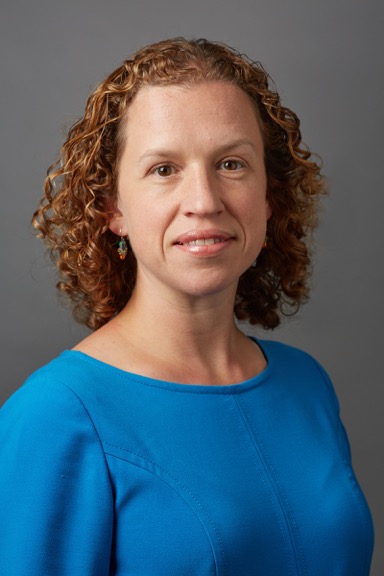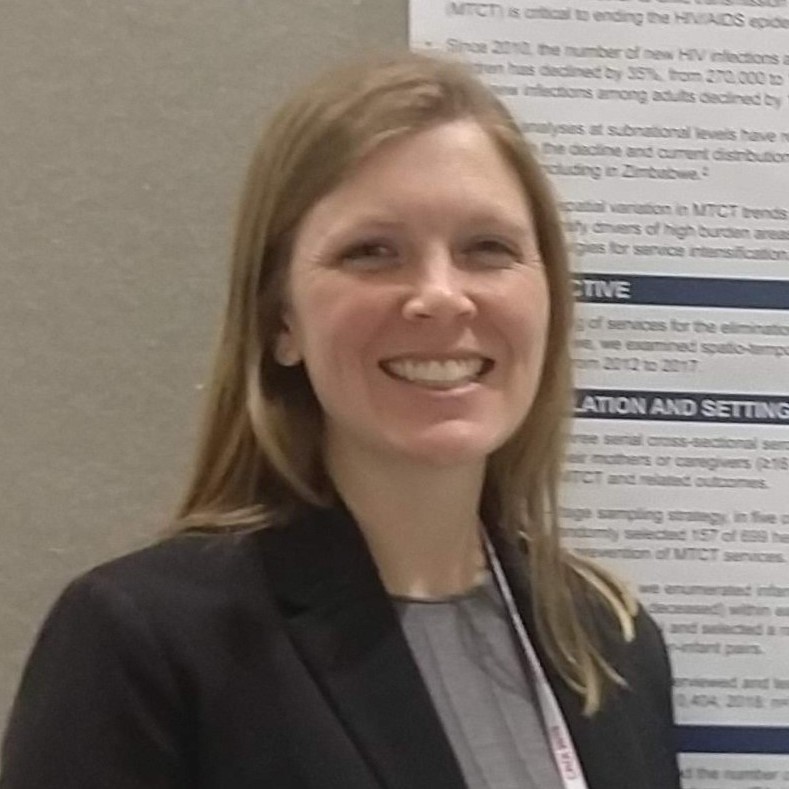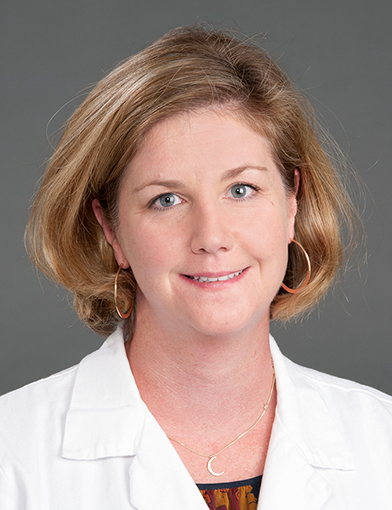HIV/Aging Pilot Program
For the past 5 years the HIV and Aging Pilot funding program has support stellar early stage investiagtors and those transitioning between gerontology and HIV. It is our objective to continue to develop the next generation of HIV and aging researchers to work on cutting-edge science and advance the field. We are proud to announce that our recipients have utilized their pilot studies to publish outstanding scientific papers and have received R21, R01, and K award grant funding. Congratulations to all of our Pilot Grant recipients! You can view their profiles and projects below.


















